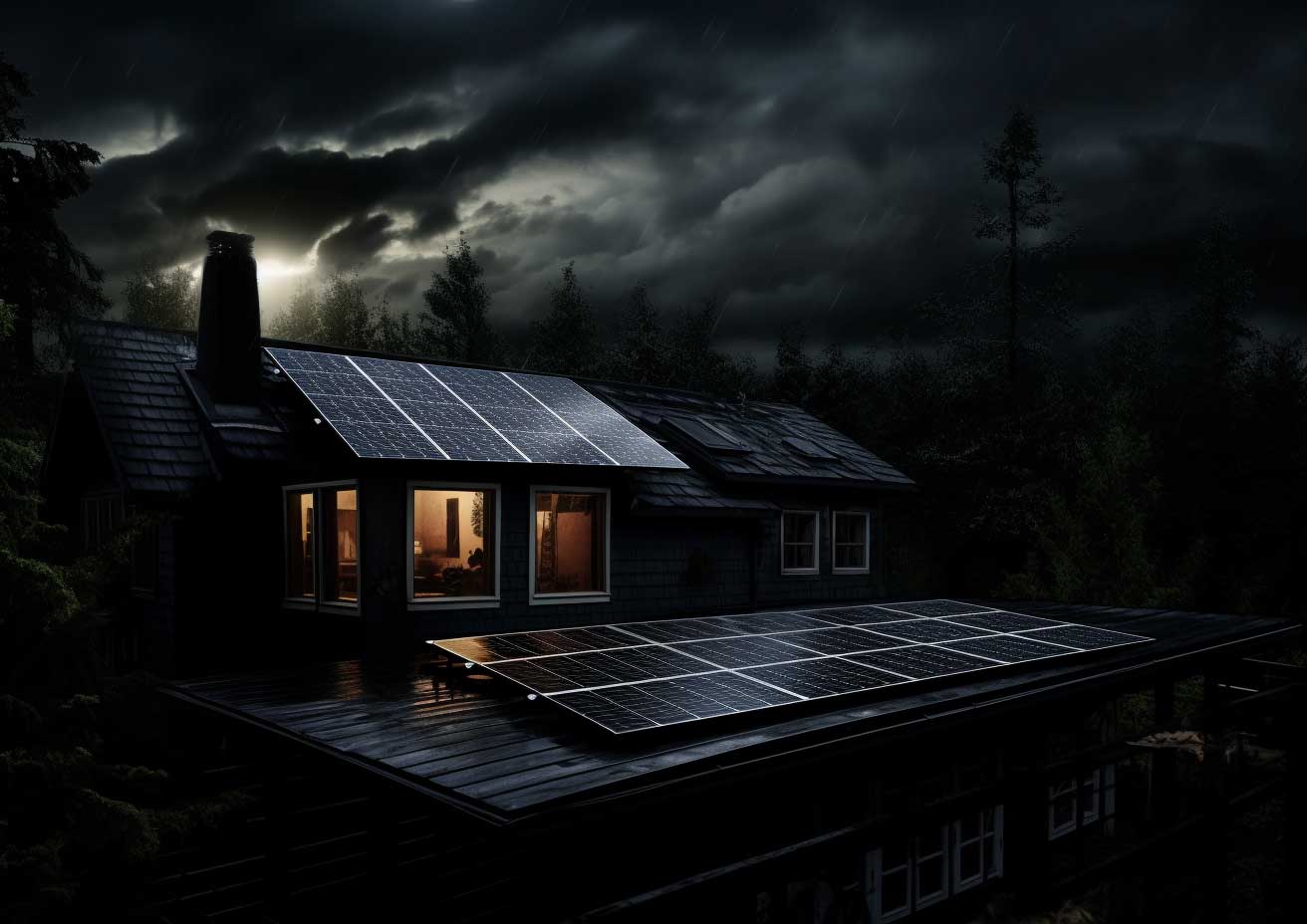Having a clear understanding of your electric bill is undeniably crucial. It enables you to comprehend your energy expenses and usage, empowering you to make sound financial decisions and implement effective money-saving strategies. This concise article aims to guide you in calculating your electricity bill. To decipher your energy bill and determine your electricity rate, it is essential to first grasp the concept of a kilowatt-hour or kWh.
What is a kWh?
A kilowatt-hour is a measure of your energy usage.
A kWh is equal to one kilowatt of power sustained for one hour. One kilowatt hour is equal to 1,000 watts for one hour.
Think of it this way, a kWh doesn’t measure how much electricity you use in one hour, but rather measures the amount of energy you would use to keep a 1,000-watt machine running for one hour. For example, if you use a 1,000-watt machine for one hour you would have consumed 1 kWh of energy.
What’s the difference between kW and kWh
Kilowatt (kW) and kilowatt-hour (kWh) may sound and look the same, but they are measuring completely different things.
The difference between the two is kW is a measure of power, while kWh is a measure of total energy. A kW is 1,000 watts and is a measure of how much power demand your facility uses. kWh shows you how much energy you’ve used for a certain amount of time.
How to Calculate your kWh rate for your facility
Utility companies use your total kilowatt-hour usage and multiply it by your kilowatt-hour rate to determine how much to charge you for electricity.
Your kilowatt-hour rate is the price you’re paying for electricity from your utility provider.
To calculate your kWh rate, divide your power bill minus any taxes and divide that figure by your power consumption.
Why knowing your kWh rate is important to your bottom line
Knowing your kWh rate is extremely important. Without this knowledge, you can’t properly make any financial decisions for your facility, especially when it comes to energy efficiency.
Your kWh may look like a small number, but a commercial facility needs to use a lot of power in order to operate. What may look like a tiny kWh rate can quickly reach tens of thousands of dollars in a month.
When you decide to make energy efficiency upgrades to your facility, knowing your kWh rate helps you figure out your projected savings, payback period, Return on Investment (ROI), and Internal Rate of Return (IRR) on the improvements. This means you will know exactly how much money you will save on your energy efficiency projects and if they are worth it or not.
You can share this information with stakeholders and decision-makers. Energy efficiency upgrades move much quicker up the chain of command when you have real, tangible figures in front of you to present.
Why you need 12 months worth of electricity bills to find the accurate average kWh rate
As an energy efficiency solutions company, prior to an audit of a facility, we ask our customers for twelve-months worth of electricity bills. The reason we ask for a full year is so we can get a truly accurate average kWh rate for each facility.
Monthly usage can vary between seasons and how many hours per day your facility is operating. At the same time, rates can fluctuate throughout the year due to weather conditions and other factors, and we want to take every variance into account. With an accurate average kWh rate, we show our customers the real projected savings, payback period, ROI, and IRR numbers rather than fabricated figures.
Why you need interval data when looking at energy storage and solar projects
When we calculate our customer’s average kWh rate for energy storage and solar projects we add yet another layer of information in order to get the most accurate projection of energy savings and payback period. In energy storage and solar projects, we use our customer’s interval data to get the most accurate calculations.
Interval data is meter data collected at specific intervals, usually every 15 minutes or hourly. Interval data can be collected with an interval meter, smart meter, or in our case we can capture it all online through an electrical utility information request. When it comes to energy storage and solar energy, kWh rates fluctuate throughout the day depending on peak demand rates or how much energy is produced. Interval data provides the most true energy consumption information.
In conclusion, calculating your electric bill is an important task for any homeowner or business. Knowing how to accurately calculate your bill can save you money and help you plan for future expenses. By understanding your usage patterns, the components of the rate structure, and the fees associated with electricity, you can get a better understanding of just how much energy you are using and how much it will cost on a monthly basis.




